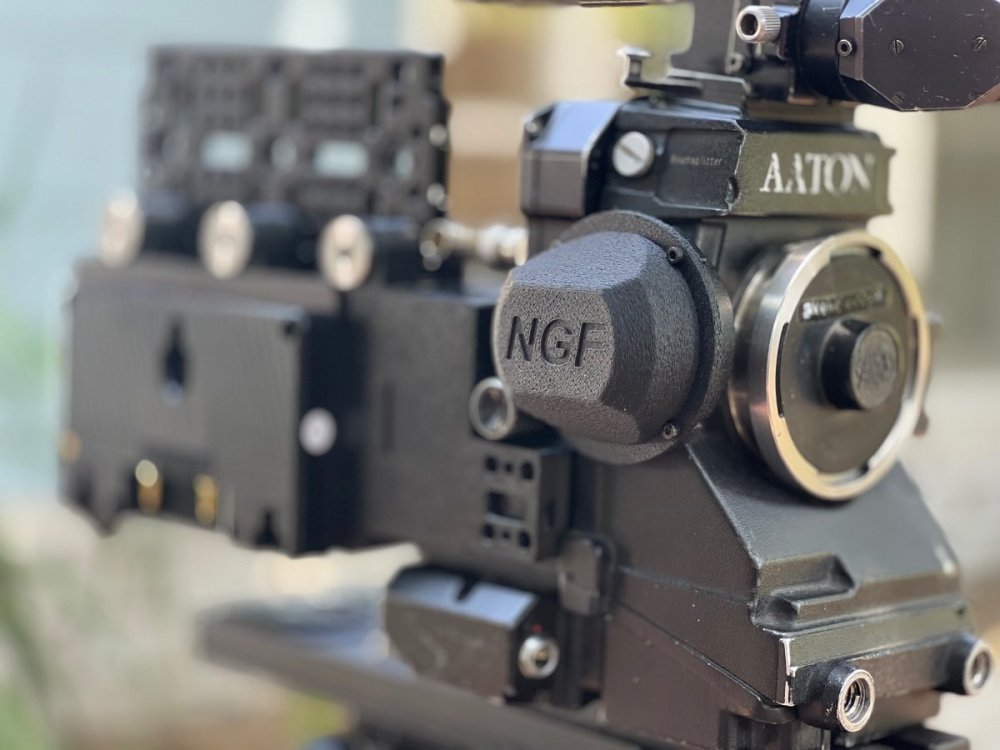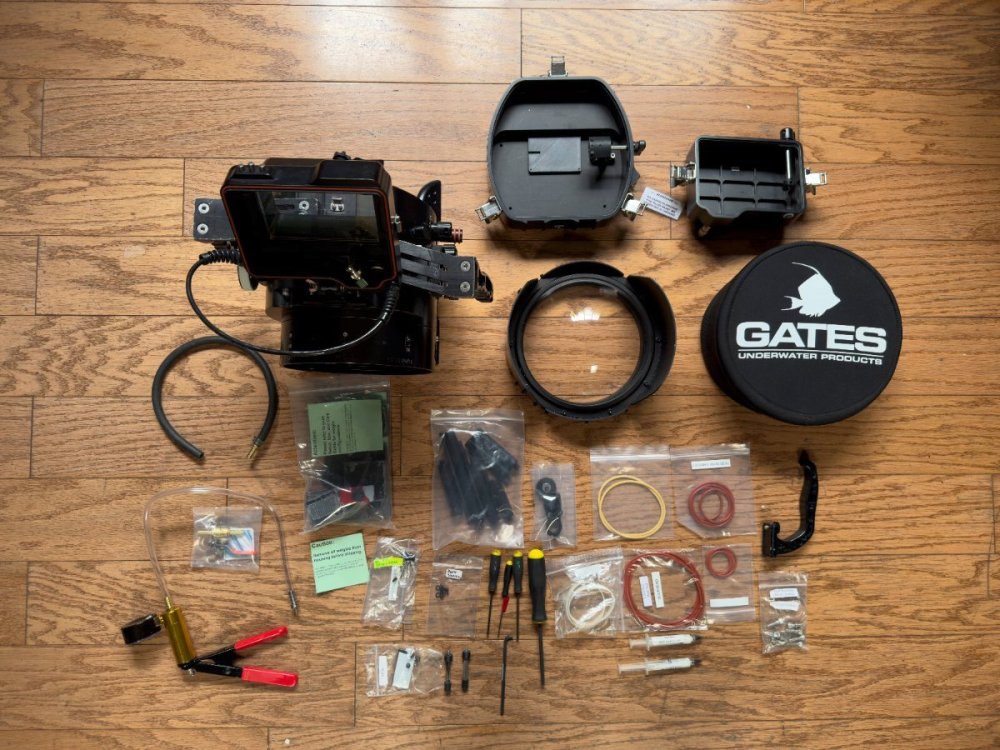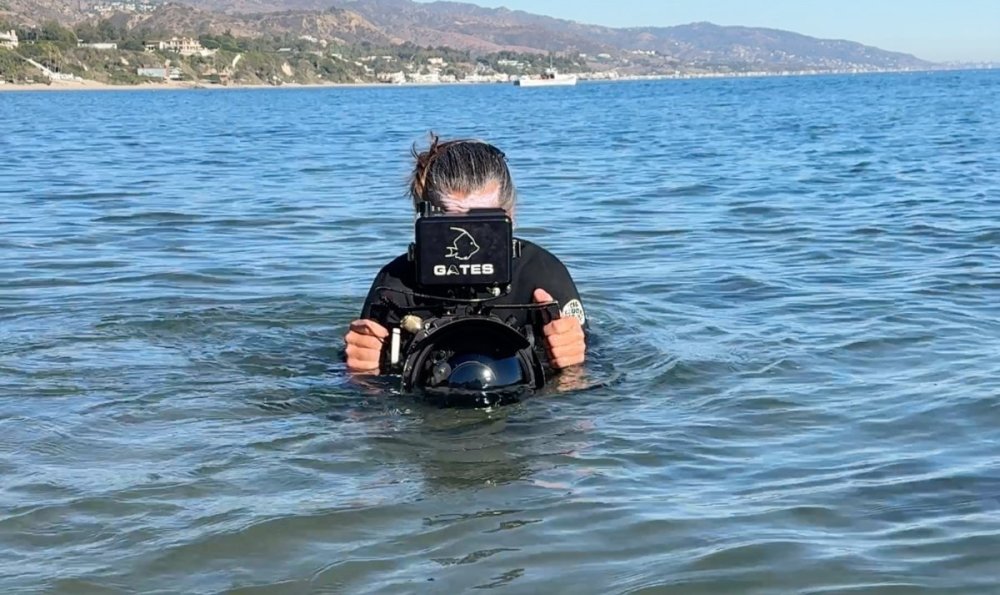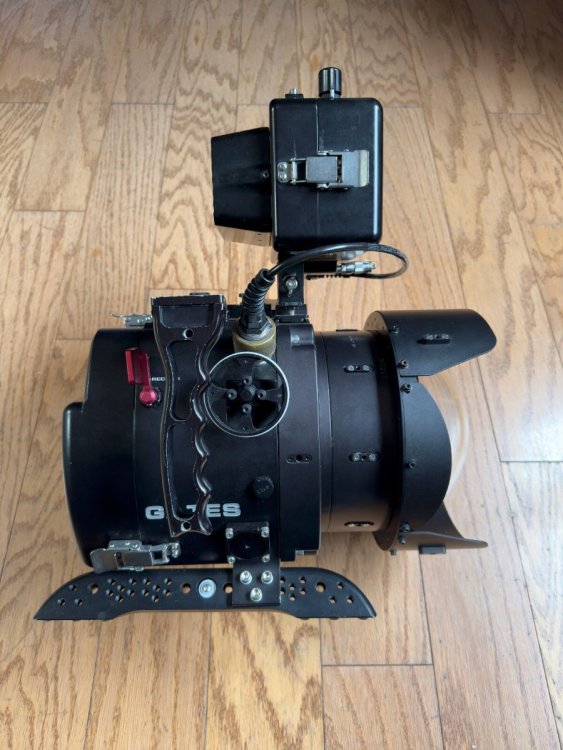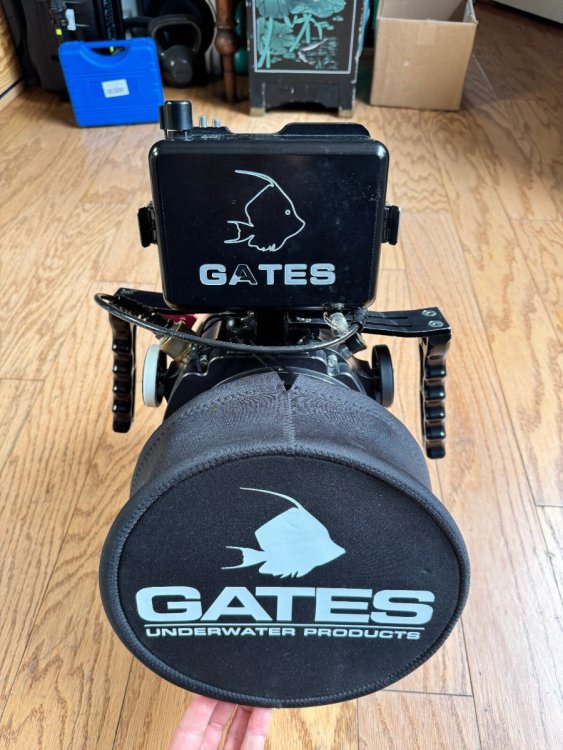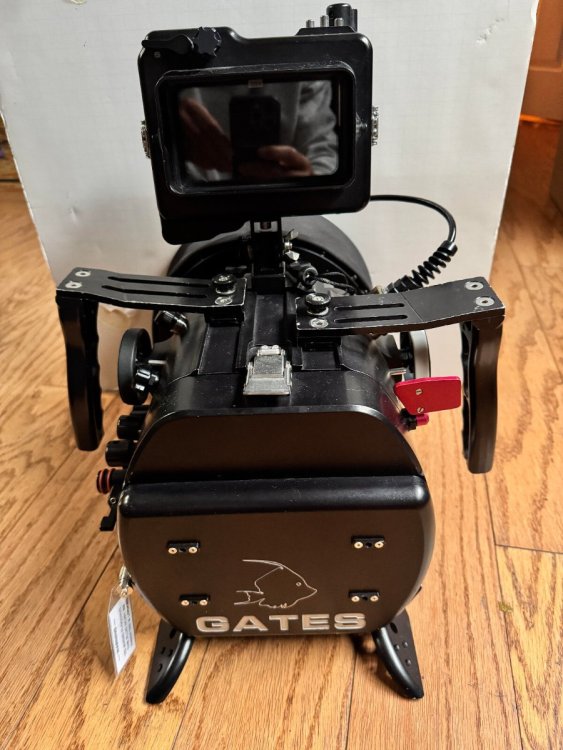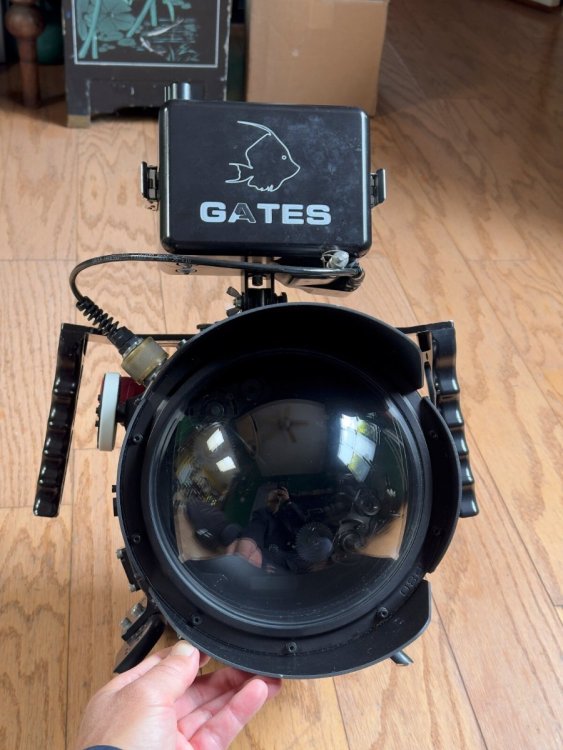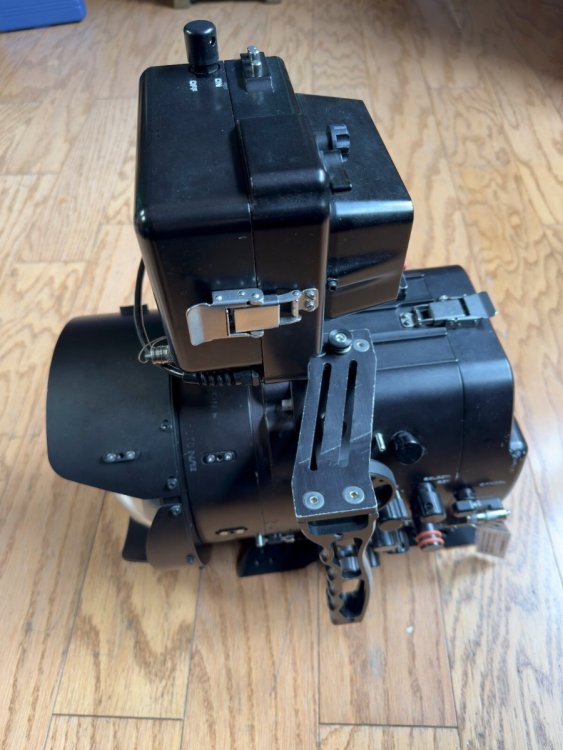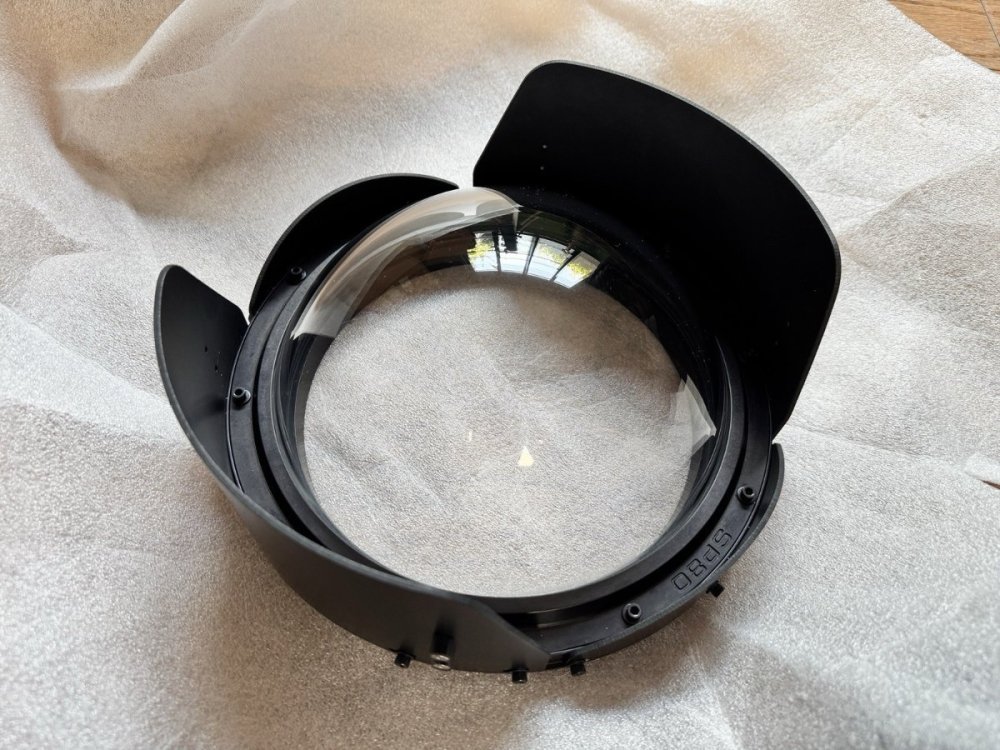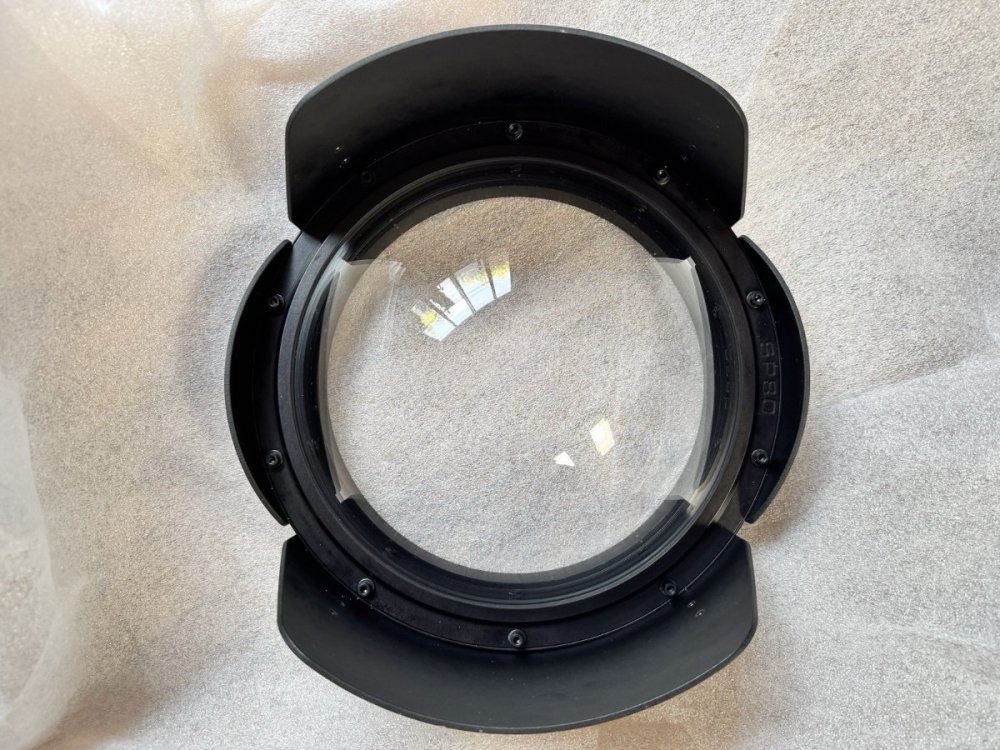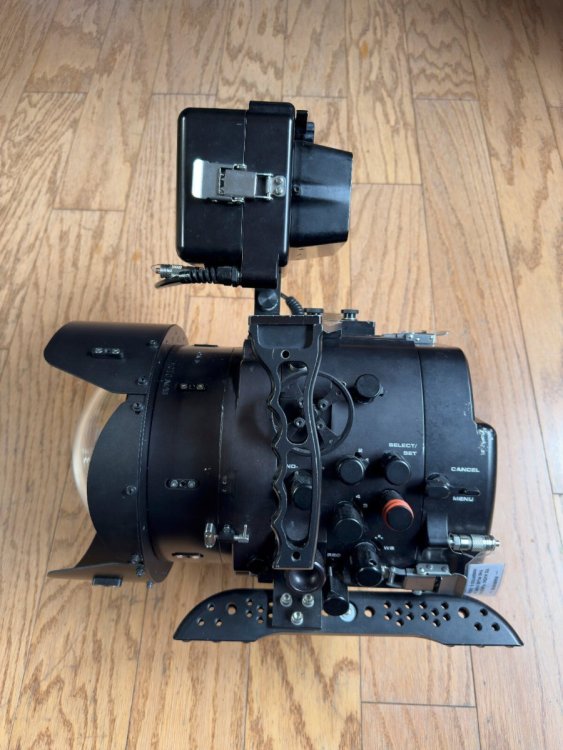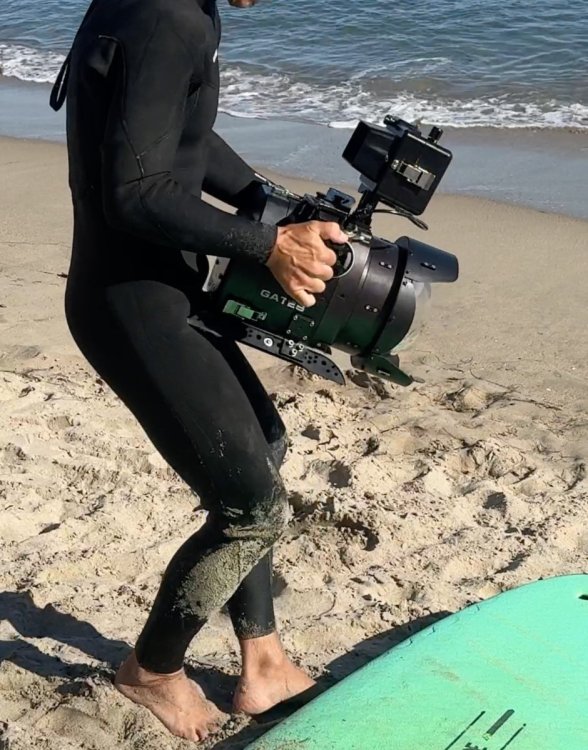All Activity
- Today
-
Here's a thread where we talked about some of the many movies shot primarily on an Arriflex IIC:
-
I think it would be way more than that. I would say Arri have been a dominant player in the film industry for a lot longer than since 1990, probably since at least the 70s, particularly in countries outside the US. Panavision never really penetrated the European market, and was often too expensive for many other parts of the world. Mitchell were the dominant camera company globally from probably the 30s until the 70s, but in Europe particularly, IICs were very often used on lower budget and New Wave films, sometimes blimped. Often a IIC was used for the handheld or action shots in conjunction with a Mitchell. There's also the Techniscope films shot with modified IIcs, the Pan-Arris used in conjunction with Panavision lenses, and plenty of films from Asia or India or other parts of the world. The American New Wave started with films shot on Arri IIcs like Bullit and Easy Rider and by the 70s IIcs and 35 BLs were used on a multitude of films - think Scorcese or Kubrick or Bergman or Truffaut or Boorman etc. By the 80s, almost everything not shot with Panavision (and I'd say a majority of European cinema) was Arri. Moviecam made a dent in the duopoly in the 90s but were subsequently bough by Arri to produce the Arricam line. There's also the legacy of Arri's 1937 shutter/mirror design, which ended up as the primary reflex system utilised by motion picture cameras from the 70s to the 2000s, not to mention the various Arri designs that have become standards in cinematography like the PL mount since 1982. And in the 16mm world Arri have been the field leaders since the 16St was released in 1952. So yeah, maybe not 100 years, but at least a good 50! In the pantheon of cinema camera companies since the birth of cinema I would probably rank them Mitchell, Arri, Panavision, Debrie, Bell & Howell.
-
Style Ideas for Period Piece/Comedy
Brian Drysdale replied to Brandon Canning's topic in General Discussion
The BBC's "Blackadder" TV series goes through a number of periods, each series moves forward in time, eventually ending in WW1, where they get killed. This one fits the period you seem to be set. -
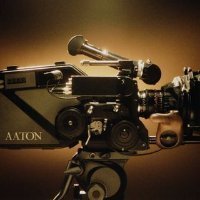
Aaton HD Flicker Free HD Video Taps
Robino Jones replied to Tyler Purcell's topic in Cine Marketplace
Interested in your 35III version! looking forward to your demo. -
I think what Simon was saying is that Arri didn't dominate for 100 years. In fact, their 35mm feature film camera business didn't really take off globally until the end of the 80's and into the 90's. It also only ran through 2012 or so before they came out with digital cameras and shifted away from film. I think you may underestimate the local rental houses and what they rented vs what other people rented. Plus many DP's preferred certain systems and if you weren't working with someone shooting with one of those systems, then how would you know? Historically tho, prior to the 535, 453 and Arricam's release, there were actually very few 35mm movies shot entirely with Arri cameras. I think you'd find it to be in the hundreds globally. The acquisition of Moviecam and the money they put into making the 535, 435 and Arricam systems, were really what got them the dominance. Arri was not doing well financially during the late 90's and they needed to develop a new camera fast, they spent a lot of time revamping Bauers next generation moviecam and turned it into the Arricam. The industry was enamored with the Arricam, Arri scan and Arri laser. The tech worked, it was a DI workflow that everyone wanted and it was BY FAR the most successful end to end system in the world. Those three tools were in every country globally from India and Australia to New Zealand and all over Europe and the United States. Like a web, they basically fully-dominated for what, a decade before film died? Then like a flash, they dumped film and were ready to become the new leaders in digital cinematography. However, their dominance in the professional industry kept going. I do agree, the post 2000 dominance of Arri is legitimate, but it's absolutely not a reflection of the years prior with 35mm filmmaking. When you look back, the most dominant system(s) were made my Mitchell. The BNC, BNCR, Technicolor, the 65mm systems, these are all Mitchell designs. Then when Panavision took over, their dominance soared. From 1930 through 1980 (50 years), the industry still relied heavily on Mitchel systems in the form of Panavision. Yes it's true, many films that shot with Panavision cameras did have a 2C handy for those MOS shots, so it's not like the camera system wasn't used, it absolutely was. Now, maybe you're thinking 16mm? Arri's 16mm cameras were far more widely used, that's for sure. Even the 16BL and S/M were very well used systems due to TV and such. However, the SR simply dominated the industry, it was a checkmate at the time. Even guys like Aaton couldn't really compete until they got their bugs out and made the XTR Prod/Xtera. By then there were thousands of SR's on the market, so it was a rough business to be in. The 416 is still to this day the most dominant 16mm camera available. So if you're referring to 16mm, I'd say the dominance was a lot longer than it was with 35mm, but nowhere near 100 years.
-
Gregg MacPherson started following Cooke Kinetal Lenses
- Yesterday
-

Marrakech shoot on Ektachrome 100D - bizarre results!
Joerg Polzfusz replied to Stephen Gordon's topic in Super-8
Maybe the camera was affected by the heat (so that the filter got stuck)? Of course, there are also cameras that let you enable the Wratten85 despite having loaded a daylight balanced film. On some cameras, this is a defect, on others, this is by purpose (E160G or using the Wratten85 as orange filter for B&W). -
If you are referring to "and for the next 100 years Arri would be a dominant player in the film industry"...thats my personal opinion as a working DP in the US...you may disagree, but as a young operator in the 80's and a DP in the 90's and beyond, I worked with Arri gear more than any other. (AKS, lenses, cameras, etc)..and even today as a rental house owner the most in demand cameras are Arri. The Kinarri 16 is rare...even the image on the Arri site depicted as an Arri 16 is the Arri 35. The 16mm has a box style body. A 9.5mm was never produced, the only reference I could find to it was a vague comment in a forum and it is not accurate...if you know more please share. I have spent years researching the Kinarri 35mm, in 40+ years of collecting and searching for one I have only personally seen 4, but have documented several others sold at auction and one owned privately , passed on from his grandfather who bought it directly from the makers. FYI- The blog is info and photos of a few of the cameras contained in my collection. I do not own a Kinarri 16
-
Dear Greg, a passage from your blog, Their company would later be shortened to Arri, and for the next 100 years Arri would be a dominant player in the film industry, seems a little far fetched to me. The truth is that Arnold & Richter were a small enterprise and not well known until 1952 when they began selling the ARRIFLEX 16. The ARRIFLEX, from then on coined ARRIFLEX 35, was sold perhaps 40 times up to the beginning of the war, I don’t know that precisely. Until February 1941 some 125 have been made. The Kine cameras of the 1930s were Askania, Bell & Howell, Debrie, Eclair, Mitchell, Vinten, Wall. Thousands of Debrie Parvo were in use when the ARRIFLEX appeared in 1937. ARRI printers are long forgotten (like others). An international player the company became with the 35 BL in the seventies. There have also been a KINARRI 16 and a KINARRI 9½. Only for completeness
-
Howdy! We are finally ready to release our 2nd generation HD video assist for Aaton Xtera, XTR Prod/Plus with later generation optics and 35-3 35mm cameras. Our flicker free design, utilizes the latest generation 600 series Sony EXMOR imager with advanced noise canceling and automatic gain control. We have been testing this camera system for nearly a year now and our 2nd generation will be the first available to the public through our new Narrow Gauge Films website (to launch later in July). We are posting this now because two of our recent installs of the 2nd generation tap have gained quite a following on social media and figured it was time to announce our prices and a little video about the quality. https://www.instagram.com/p/DLvqeKSyJle/ It's a flicker free HD tap system that basically slots into the original fittings. There is a bit of soldering work and some slight modifications to an interconnect board, but the camera is not altered otherwise. This means, the system can easily go back to standard def if need be. It also doesn't add boards like other companies, which can cause camera failures down the road. We also use an all-metal design, which means there are no 3D printed parts to fail. It means removing the camera for service is incredibly easy, it works just like the OEM system, which is very much unlike our competitors. Our flicker free tap is the only one like it out in the wild. It has a grain-free auto-gain system, utilizing state of the art noise reduction to clean up the image. This means, when the lens is all the way closed, even in super dark environments, you still get a sharp and bright image. It compensates instantly for iris adjustments as well. Also, because the flicker free system is actually automatically compensating for ANY flicker, it will remove flicker from other high speed modes. This is a little video explaining the tap and it running: https://www.dropbox.com/scl/fi/0wamueeokwbdz3hq3zymu/Video-Tap-close-up-large.MOV?rlkey=xkjf5fyobfi163ctj53a2cx96&st=jl0f2zh1&dl=0 It's $2999 for Xtera, $2499 for 35III and $1799 for XTR Prod/Plus with the later generation side optics. The 35III variant we will be demoing shortly and it more money because it has an all-aluminum housing and is pretty much plug and play. Turn around time is very quick, it takes a week to get the parts, so if you message us to get one installed, we can order the parts the moment you ship your camera and by the time it's arrived, the parts will have as well and we can install right away. The 35III variant can be made ahead of time however, so it may actually be a quicker installation. We won't be doing any other Aaton camera system but those 3 sadly. We have tried to fit our components into other cameras, but because the boards are an unusual size and thickness, they just don't work anywhere else but those cameras. We will be doing Moviecam's, Arricam's, 416's and SR3's shortly. We have the optical path and such ready, but we need someone to give us a camera for a while to develop it properly. Contact us at info@narrowgaugefilms.com or visit us online at www.narrowgaugefilms.com for more information launching mid/end July 2025.
- 1 reply
-
- 1
-

-
You really deserve it bro, what a career! So happy for you, exciting times ahead!
-
Rick Anderson started following Looking For : Aaton XTR Prod Camera Pkg w/S/N 2000 & Above
-
What adaptor do you use to offset the second rail system? i have a smallrig rail system but i need to offset it to support my massive anamorphot 65 adaptor. only 1.33x anamorphic but thats enough for me
-
Resurrecting an ancient thread, this is indeed the first Arri camera produced. This very camera now resides in my collection after 40 years of searching for an example. The original owner, Micheal Rogge was a long time collector of early cinema cameras. Unfortunately he passed away last year, and I was fortunate to acquire this example. It’s an earlier prototype without a serial number. The model is extreme rare with only a handful of known examples, the last known serial number being #11 @David Mullen ASC yes, it was inspired by the Akeley Pancake… but definitely not a direct rip off of the earlier Pancake. Short of the shape, the camera was not nearly as innovative as the Akeley: https://www.kinocameras.com/apparatus/Akeley-pancake More details on the Arri Kinarri in my blog: https://www.kinocameras.com/apparatus/kinarri
-

Style Ideas for Period Piece/Comedy
David Mullen ASC replied to Brandon Canning's topic in General Discussion
There are plenty of comedies set around the late 18th / early 19th century, from "Love and Death" to "The Madness of King George", or something shot by Geoffrey Unsworth titled "Royal Flash"... Personally I don't think of "comedy" as a visual style when I design the look for a comedy, the only rule about lighting and framing comedy is whether the humor is on display, can you see the sight gag, can you hear the joke, does the joke "land" visually, etc. -- or whether your approach is distracting from the humor. The other thing to keep in mind is that comedy often plays better in looser, wider frames in order to set-up the situation and interactions with props and people -- close-ups are more for drama and emotion. There are exceptions of course, the joke may land when you cut to a reaction shot for example. The most expensive shot in the Silent Era was the train falling into a gorge when a burning bridge underneath collapses in Buster Keaton's "The General" (1926), but in some ways that spectacular shot exists to get a laugh when Keaton next cuts to the deadpan reaction of the General who ordered the train to cross, saying the bridge would hold (played by the DP, Dev Jennings!) Other than that, it's better to treat a comedy just as you would a drama or romance, etc. Treat it straight, let the humor come out of the action and performances. -
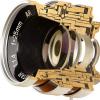
Best modern lenses for Super 16mm
Dom Jaeger replied to Mohammed Tahir's topic in Lenses & Lens Accessories
We had an Optex 5.5mm at the last rental house I worked at, which was a pretty good super wide angle I recall. -
Thanks Dom! We’re excited about our next chapter!
- Last week
-
Best modern lenses for Super 16mm
Robin Phillips replied to Mohammed Tahir's topic in Lenses & Lens Accessories
Ultra 16s are a super 16 lens set exclusively. Ultra Primes are super 35 formatted lenses, but they're sharp enough to use the 16mm and up for super 16 work. Arri's ads for the U16s initially said to use the UPs for your longer focal lengths Ultra Primes and U16s have the same size housing, and the UPs will clear an SR3 viewfinder with no problem. have done it before. -
Roko Belic started following Gates Underwater Housing for Canon C300MK2 (MKii) FOR SALE
-
Professional GATES Underwater Housing for the Canon C300MKii camera. Retail price for this unit is usually over $14,000 Selling for $2,200 or best offer. Check out the specs from this link for Gates Underwater Housing for Canon C300MKii The above link is for relevant for main housing and port info only. Our kit does NOT include warranty nor some of the items like travel case and carry lanyard on the Gates Included Accessories tab. Note: the Gates link describes a monitor housing* that's different than the one we're selling with this kit - see below. READY TO USE! Camera NOT included. This will NOT work with a Canon C300MK1 or MK3, nor C500 nor any other camera. This is a complete Gates Underwater Housing including an acrylic dome port, Gates neoprene port cover, O-rings, monitor housing*, integrated cables, weights etc. *Comes with Gates TVL55 Underwater housing for a TV Logic VFM-058W Monitor which connects to the camera via integrated SDI cable (Cable included, monitor NOT included) Kit includes extra o-rings, lubricant, tools - everything you need except the camera. Amazing build quality. Weighs about 30 pounds not including camera. Gates has just buffed the dome port, so the port is practically as new. Has scuffs on the metal housing from normal use. Combining this housing with a Canon C300MKII camera is one of the least expensive ways to capture high quality underwater and water surface video. I purchased this directly from Gates, tested it twice, and discovered we need to use a different camera for our project for frame rate reasons. I love this housing but don't have a use for it now. Please message me if you have any questions. This listing does NOT include Gates Seal Check or Seal Check II. There's a matching ebay listing if you're interested.
-
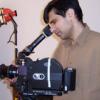
Best modern lenses for Super 16mm
Mohammed Tahir replied to Mohammed Tahir's topic in Lenses & Lens Accessories
Just to make sure I got this right: ZEISS/ARRI Ultra 16s Primes were made for S16 and ZEISS/ARRI Ultra Primes were made for S35? Luis - the lens that you tried is a 16mm ZEISS/ARRI Ultra Prime S35 lens which just about fits under the VF? I'm only going by pictures that I've seen but they seem to have the same barrel diameter, so I'm wondering if they all fit. -
testing 16mm stocks with 35mm stills
Robin Phillips replied to adrian angehrn's topic in Film Stocks & Processing
the way to do this is with 100ft rolls of 16 and ideally the camera and lenses you want to work with. load the 100ft rolls entirely in the bag to ensure no light bleed. then use the either the same scanner you intend on using or the closest one you can afford to get your scans done. anything outside if this workflow will leave you with a lot of question marks and uncontrolled variables that may lead to a surprise once you start shooting and getting scans back -
Juan Dorado started following Gregory Irwin
-
μεταμορφώσεις
Jeff Bernstein replied to Jeff Bernstein's topic in Students, New Filmmakers, Film Schools and Programs
CLASSIC SCREEN KISS MODERNISED : Time After Time (1979) Coincidentally, the same year, with Sven Nykvist now in Hollywood . . . "If we're gonna kiss each other, I think it'd be a good idea, if one of us closed our eyes." Starting Over (1979) -

testing 16mm stocks with 35mm stills
Tyler Purcell replied to adrian angehrn's topic in Film Stocks & Processing
Sadly there really isn't any way to do what you're trying to do using the methods listed above. 1) Cinestill is old film, it will have a layer of fog that will not be present on the new Kodak Vision 3 16mm film you'll use for your shoot. Thus, making it entirely inaccurate in terms of grain. 2) Kodak has removed the Remjet anti halation coating and most likely anything you shoot with Kodak film in the future, will be this new stock. Cinestill does not have this new material. It will react entirely different being pushed/pulled as the new AHU layer is actually made of black silver, which needs to be removed during the processing process. Remjet is actually removed prior to processing. Because the black silver is processed out, whatever remains will have a very different look than simply removing a layer physically. 3) 35mm stills are vistavision size 8 perforations. Stills lenses are designed to cover that frame size, they are not designed to give you any indication of sharpness in a center crop. I have seen this with my digital cinema cameras as well. When using actual super 16 glass, you will have an entirely different look, it will be way sharper. Also, the contrast of the lenses is very important as well, you can't just use still lenses and then expect the Superspeeds to look the same, because they won't. Yes, Zeiss does make stills lenses, but they don't have the same look as the Superspeeds. Sadly you need to perform controlled tests on 16mm to really get the look and feel of what you're after. I would also confirm with Kodak which film you'll be getting, the older remjet film or the new AHU coating film. You will need to test with whatever film you're shooting with. The AHU film has not replaced the Remjet film yet, but it's coming fast. -
Best modern lenses for Super 16mm
Robin Phillips replied to Mohammed Tahir's topic in Lenses & Lens Accessories
having owned an optex 8mm and an optar illumina 7mm, the optar was MUCH sharper. those optar and elite lenses are pretty remarkable if you dont want zeiss glass. -
bump. price reduced to 3250 OBO




